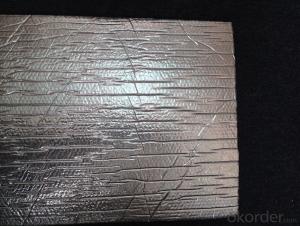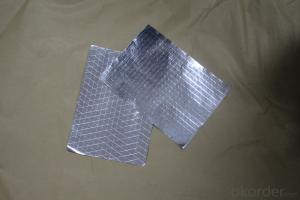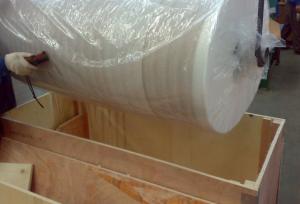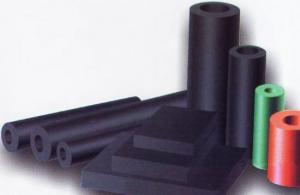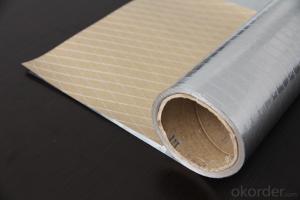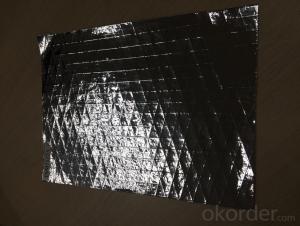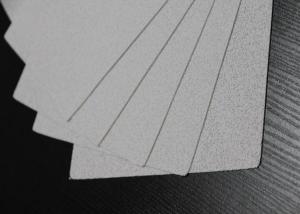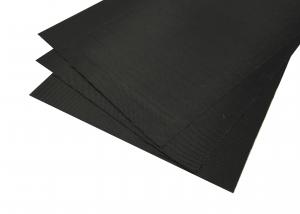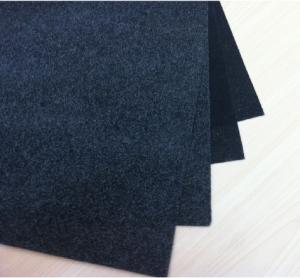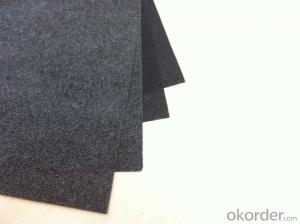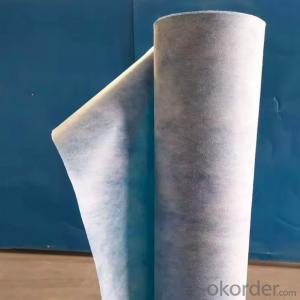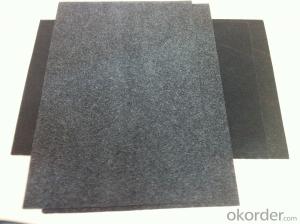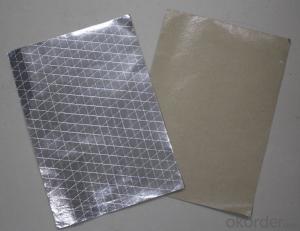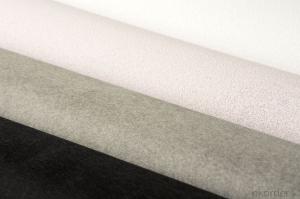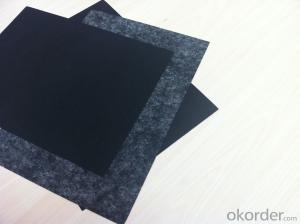flexible ducts bubble INSULKATION green energy
- Loading Port:
- China Main Port
- Payment Terms:
- TT OR LC
- Min Order Qty:
- -
- Supply Capability:
- -
OKorder Service Pledge
OKorder Financial Service
You Might Also Like
Application:
1,Building Thermal Insulation Material
(1),Roof,Underlay,Under Concrete & floor Insulation;
(2),Attic,Crawl Space,Stud Wall ,Metal Frame Building Insulation.
2,Wrapping
(1),Protective coatings of ventilating pipe,HVAC Duct & Pipe;
(2),Shells of air conditioner and water heater.
Feature:
1), Waterproof, heavy duty, clean, light, flexible, non-absorbent surface
2), Fire resistant & antiglare
3), Recyclable, environmentally friendly
4), Effective in extreme temperatures both hot and cold
5), Easily install, cut, stapled, nailed or glued into place
6), Safe to handle with no special clothing or breathing Equipment
Feature:
1), Waterproof, heavy duty, clean, light, flexible, non-absorbent surface
2), Fire resistant & antiglare
3), Recyclable, environmentally friendly
4), Effective in extreme temperatures both hot and cold
5), Easily install, cut, stapled, nailed or glued into place
6), Safe to handle with no special clothing or breathing Equipment

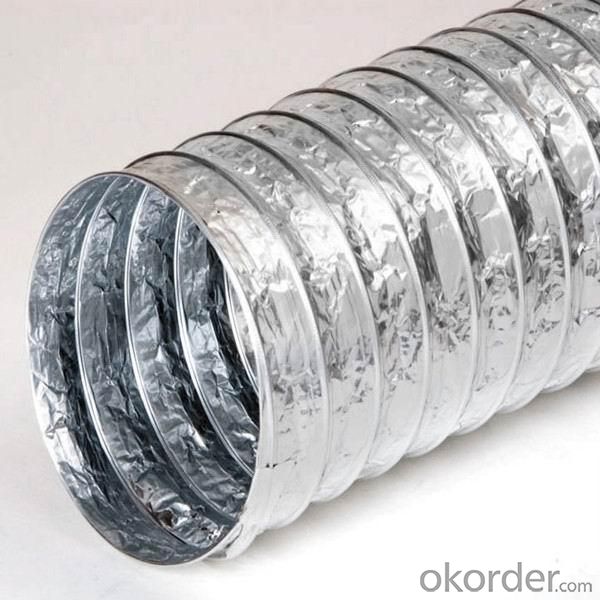


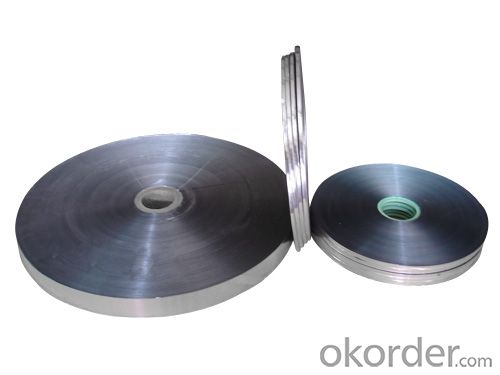


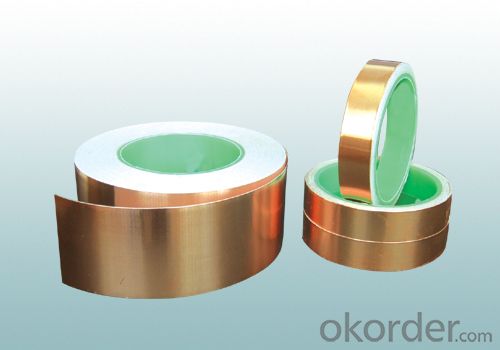
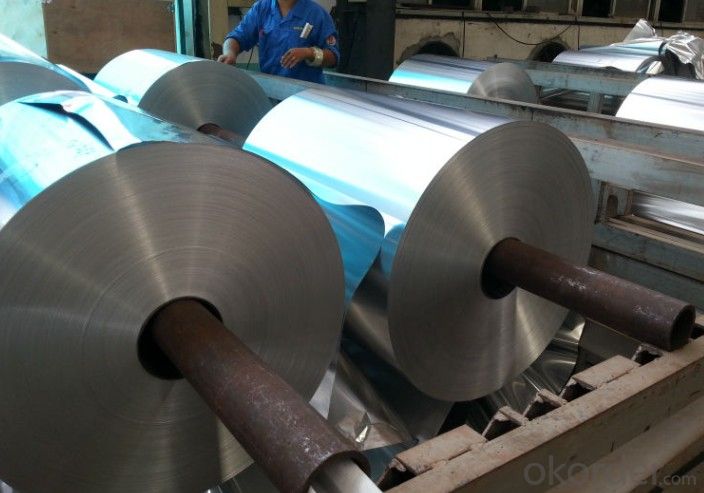

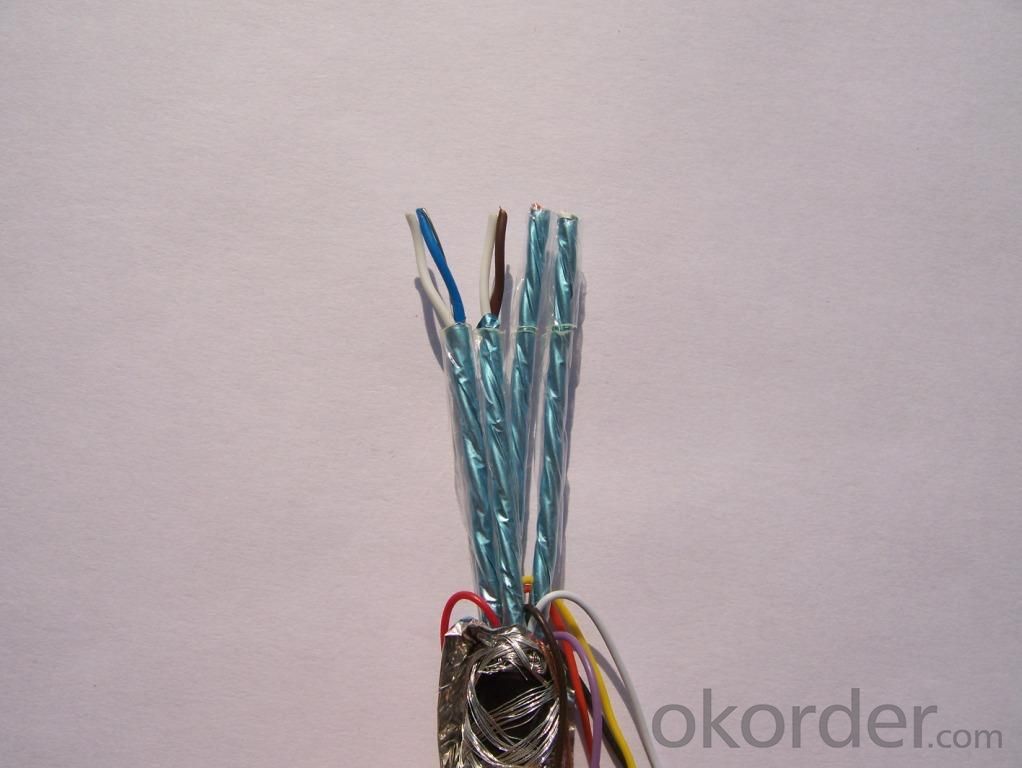
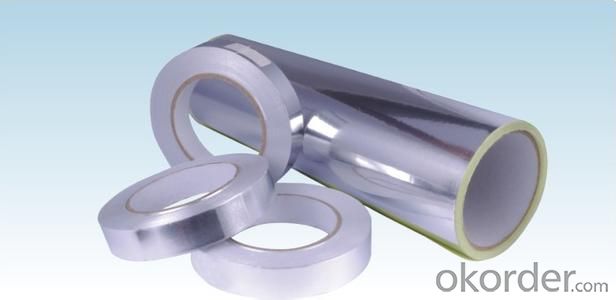
- Q:Is fiberglass facing fire-resistant?
- Indeed, fiberglass possesses fire-resistant qualities. Its composition comprises a blend of glass fibers and resin, resulting in exceptional resistance to heat. Fiberglass exhibits the ability to endure elevated temperatures without undergoing melting or emitting harmful fumes. It finds frequent application in scenarios where fire resistance holds paramount importance, including insulation, protective garments, and building materials. Nonetheless, it is crucial to acknowledge that the fire-resistance attributes of fiberglass may be influenced by the substances it is coupled with, such as adhesives or coatings.
- Q:What are the benefits of using fiberglass facing?
- There are several benefits of using fiberglass facing in various applications. Firstly, fiberglass facing offers excellent strength and durability, making it highly resistant to cracking, warping, and other forms of damage. This makes it ideal for use in construction and structural applications where strength and longevity are important factors. Additionally, fiberglass facing provides excellent thermal insulation properties. It has a low thermal conductivity, meaning it can effectively prevent heat transfer and maintain a consistent temperature in both hot and cold environments. This makes it a popular choice for insulation in buildings, HVAC systems, and other applications where energy efficiency is a key consideration. Another advantage of fiberglass facing is its resistance to moisture and corrosion. It is non-porous and does not absorb water, making it highly resistant to mold, mildew, and rot. This makes it a suitable material for use in damp or humid environments, such as bathrooms and kitchens. Furthermore, fiberglass facing is lightweight and easy to handle, making it convenient to install and transport. It can be easily cut and shaped to fit various surfaces and configurations, allowing for flexibility in design and installation. Its lightweight nature also reduces the strain on supporting structures, making it a cost-effective choice for construction projects. Lastly, fiberglass facing is available in a wide range of sizes, thicknesses, and finishes, allowing for customization to meet specific project requirements. It can be coated or laminated with different materials to enhance its performance, such as adding a vapor barrier or reflective surface. This versatility makes it suitable for a variety of applications in industries ranging from construction to transportation. In summary, the benefits of using fiberglass facing include its strength and durability, thermal insulation properties, resistance to moisture and corrosion, lightweight nature, and customization options. These advantages make it a popular choice in various industries where these characteristics are valued.
- Q:Is not the multi-layer membrane waterproof, the bottom of the membrane should use glass fiber mats?
- In the yin and yang angle additional layer construction better fit, polyester tire waterproofing membrane tires hard
- Q:How is fiberglass facing installed?
- Installing fiberglass facing typically involves a few simple steps. Firstly, ensure that the surface where the fiberglass will be placed is clean, dry, and free from any dust or debris. This is important to ensure that the facing adheres properly. Next, carefully unroll the fiberglass facing and cut it to the desired size, leaving some extra material on each side for complete coverage. Position the facing over the surface and firmly press it down, starting from the center and moving towards the edges. To securely hold the fiberglass facing in place, apply adhesive or adhesive tape along the edges to create a tight seal. Smooth out any wrinkles or air bubbles that may have formed during installation. In certain situations, mechanical fasteners like staples or nails may be necessary to further strengthen the fiberglass facing, especially in areas prone to high impact or requiring extra reinforcement. Overall, installing fiberglass facing is a relatively straightforward process that demands attention to detail and proper surface preparation. By following these steps, you can ensure a successful installation that offers durability and protection.
- Q:How does fiberglass facing contribute to energy efficiency in buildings?
- Enhancing energy efficiency in buildings is a crucial role played by fiberglass facing. Typically used as insulation, this material acts as a barrier against heat transfer, thus reducing the energy required to maintain a comfortable indoor temperature. A primary contribution of fiberglass facing to energy efficiency is its high thermal resistance, also known as R-value. This value measures the resistance to heat flow, and fiberglass insulation with facing possesses a higher R-value compared to materials without facing. Consequently, it effectively prevents heat transfer between the inside and outside of a building, reducing the need for excessive heating or cooling. Moreover, fiberglass facing, when properly installed, aids in creating an airtight seal. This prevents drafts and air leaks from infiltrating, which can have a significant impact on energy efficiency. By sealing these gaps, fiberglass facing helps maintain a consistent indoor temperature and reduces the workload on heating and cooling systems. Another noteworthy aspect is that fiberglass facing acts as a vapor barrier, impeding the movement of moisture through the insulation. This reduces the risk of condensation and subsequent damage to the building structure. By controlling moisture, fiberglass facing contributes to the overall durability and longevity of the insulation system. Additionally, fiberglass facing exhibits fire-resistant properties, which are crucial for building safety. In the event of a fire, it helps slow down the spread of flames, providing occupants with valuable time to evacuate and emergency services with time to respond. In conclusion, fiberglass facing is a cost-effective and efficient solution for improving energy efficiency in buildings. Its high R-value, ability to create an airtight seal, moisture control capabilities, and fire resistance all contribute to reducing energy consumption, lowering utility costs, and creating a more comfortable and sustainable indoor environment.
- Q:Can fiberglass facing be recycled?
- Certainly, it is feasible to recycle fiberglass facing. Fiberglass, composed of delicate glass fibers, is a reinforced plastic. Typically, the facing consists of a thin layer of fiberglass. Recycling fiberglass can be more intricate compared to other materials due to its distinctive properties. Nonetheless, recycling it remains possible. The recycling procedure entails shredding or grinding the fiberglass material into small fragments, which can then be utilized in the production of new items. However, it is vital to acknowledge that the recycling infrastructure for fiberglass might not be as widespread or easily accessible as it is for other materials. Therefore, it is advisable to consult local recycling facilities or specialized fiberglass recycling companies to ascertain the specific recycling options obtainable in your vicinity.
- Q:What is fiberglass facing?
- Fiberglass facing, also known as a thin fiberglass layer, is employed to cover or coat surfaces for diverse objectives. It usually consists of tightly woven glass fiber strands that are held together by a resin or adhesive. This facing material is renowned for its robustness, longevity, and ability to withstand heat, moisture, and chemicals. It is frequently utilized in the construction, insulation, and manufacturing sectors for purposes like insulation boards, ductwork, wall panels, and composite materials. By adding an extra protective layer, the fiberglass facing bolsters the structural soundness and effectiveness of the materials it is utilized on.
- Q:Are there any health concerns associated with fiberglass facing?
- Yes, there are health concerns associated with fiberglass facing. Fiberglass is made up of tiny fibers that can become airborne when disturbed, such as during installation or removal. Inhalation of these fibers can irritate the respiratory system and cause symptoms like coughing, chest tightness, and difficulty breathing. Prolonged exposure to fiberglass fibers can also lead to a serious lung condition called fibrosis, where the lung tissues become scarred and stiff. Additionally, fiberglass can cause skin irritation and allergic reactions when it comes into direct contact with the skin. The small fibers can penetrate the skin, leading to itching, redness, and rash. To minimize the health risks associated with fiberglass, it is important to take precautions when working with it. This includes wearing protective clothing, gloves, goggles, and a respirator to prevent inhalation of the fibers. It is also crucial to properly clean up any fiberglass dust or debris to avoid further exposure. If you suspect that you have been exposed to fiberglass and are experiencing persistent respiratory or skin symptoms, it is recommended to seek medical attention for proper evaluation and treatment.
- Q:What is the lifespan of fiberglass facing?
- The lifespan of fiberglass facing can vary depending on various factors such as quality, maintenance, and environmental conditions. However, on average, fiberglass facing can last anywhere from 20 to 50 years.
- Q:How is fiberglass facing used in construction?
- Fiberglass facing is commonly used in construction as a protective layer for insulation materials. It is typically applied to the exterior side of insulation boards or blankets. The facing is made of woven fiberglass fabric or reinforced foil, which adds strength and durability to the insulation. One of the main purposes of fiberglass facing in construction is to act as a vapor barrier. It prevents the passage of moisture through the insulation, reducing the risk of condensation and mold growth. By keeping the insulation dry, it maintains its thermal performance and extends its lifespan. Additionally, fiberglass facing also serves as a radiant barrier. It reflects radiant heat, helping to minimize heat transfer between the environment and the insulation. This property is particularly beneficial in hot climates or when insulating buildings that are exposed to direct sunlight. Moreover, fiberglass facing enhances the mechanical properties of insulation materials. It provides structural support and protection against damage during handling, transportation, and installation. It also improves the fire resistance of the insulation system by acting as a barrier to flames and reducing the spread of fire. In summary, fiberglass facing is a versatile component used in construction to enhance the performance and durability of insulation materials. It acts as a vapor barrier, radiant barrier, and protective layer, ensuring that buildings are well-insulated, energy-efficient, and safe.
1. Manufacturer Overview |
|
|---|---|
| Location | |
| Year Established | |
| Annual Output Value | |
| Main Markets | |
| Company Certifications | |
2. Manufacturer Certificates |
|
|---|---|
| a) Certification Name | |
| Range | |
| Reference | |
| Validity Period | |
3. Manufacturer Capability |
|
|---|---|
| a)Trade Capacity | |
| Nearest Port | |
| Export Percentage | |
| No.of Employees in Trade Department | |
| Language Spoken: | |
| b)Factory Information | |
| Factory Size: | |
| No. of Production Lines | |
| Contract Manufacturing | |
| Product Price Range | |
Send your message to us
flexible ducts bubble INSULKATION green energy
- Loading Port:
- China Main Port
- Payment Terms:
- TT OR LC
- Min Order Qty:
- -
- Supply Capability:
- -
OKorder Service Pledge
OKorder Financial Service
Similar products
New products
Hot products
Hot Searches
Related keywords
